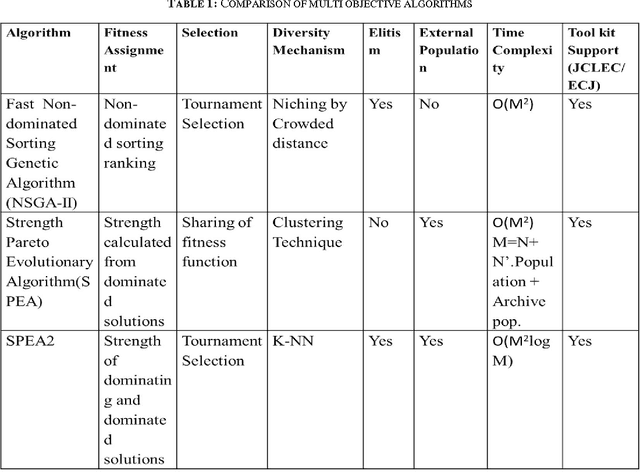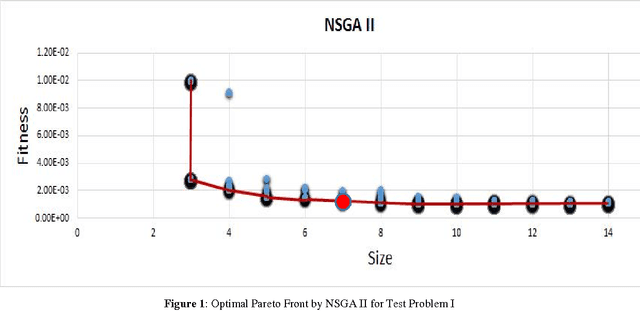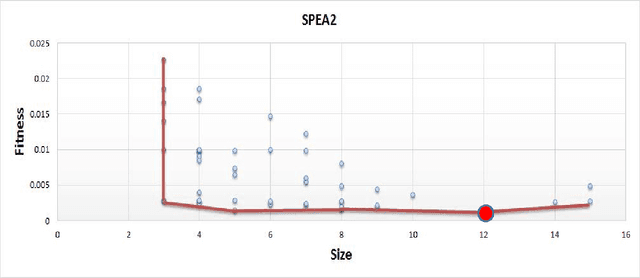Vipul Dabhi
Automated Attendee Recognition System for Large-Scale Social Events or Conference Gathering
Mar 05, 2025Abstract:Manual attendance tracking at large-scale events, such as marriage functions or conferences, is often inefficient and prone to human error. To address this challenge, we propose an automated, cloud-based attendance tracking system that uses cameras mounted at the entrance and exit gates. The mounted cameras continuously capture video and send the video data to cloud services to perform real-time face detection and recognition. Unlike existing solutions, our system accurately identifies attendees even when they are not looking directly at the camera, allowing natural movements, such as looking around or talking while walking. To the best of our knowledge, this is the first system to achieve high recognition rates under such dynamic conditions. Our system demonstrates overall 90% accuracy, with each video frame processed in 5 seconds, ensuring real time operation without frame loss. In addition, notifications are sent promptly to security personnel within the same latency. This system achieves 100% accuracy for individuals without facial obstructions and successfully recognizes all attendees appearing within the camera's field of view, providing a robust solution for attendee recognition in large-scale social events.
Dew Point modelling using GEP based multi objective optimization
Apr 23, 2013



Abstract:Different techniques are used to model the relationship between temperatures, dew point and relative humidity. Gene expression programming is capable of modelling complex realities with great accuracy, allowing at the same time, the extraction of knowledge from the evolved models compared to other learning algorithms. We aim to use Gene Expression Programming for modelling of dew point. Generally, accuracy of the model is the only objective used by selection mechanism of GEP. This will evolve large size models with low training error. To avoid this situation, use of multiple objectives, like accuracy and size of the model are preferred by Genetic Programming practitioners. Solution to a multi-objective problem is a set of solutions which satisfies the objectives given by decision maker. Multi objective based GEP will be used to evolve simple models. Various algorithms widely used for multi objective optimization, like NSGA II and SPEA 2, are tested on different test problems. The results obtained thereafter gives idea that SPEA 2 is better than NSGA II based on the features like execution time, number of solutions obtained and convergence rate. We selected SPEA 2 for dew point prediction. The multi-objective base GEP produces accurate and simpler (smaller) solutions compared to solutions produced by plain GEP for dew point predictions. Thus multi objective base GEP produces better solutions by considering the dual objectives of fitness and size of the solution. These simple models can be used to predict future values of dew point.
Multiobjective optimization in Gene Expression Programming for Dew Point
Apr 18, 2013Abstract:The processes occurring in climatic change evolution and their variations play a major role in environmental engineering. Different techniques are used to model the relationship between temperatures, dew point and relative humidity. Gene expression programming is capable of modelling complex realities with great accuracy, allowing, at the same time, the extraction of knowledge from the evolved models compared to other learning algorithms. This research aims to use Gene Expression Programming for modelling of dew point. Generally, accuracy of the model is the only objective used by selection mechanism of GEP. This will evolve large size models with low training error. To avoid this situation, use of multiple objectives, like accuracy and size of the model are preferred by Genetic Programming practitioners. Multi-objective problem finds a set of solutions satisfying the objectives given by decision maker. Multiobjective based GEP will be used to evolve simple models. Various algorithms widely used for multi objective optimization like NSGA II and SPEA 2 are tested for different test cases. The results obtained thereafter gives idea that SPEA 2 is better algorithm compared to NSGA II based on the features like execution time, number of solutions obtained and convergence rate. Thus compared to models obtained by GEP, multi-objective algorithms fetch better solutions considering the dual objectives of fitness and size of the equation. These simple models can be used to predict dew point.
 Add to Chrome
Add to Chrome Add to Firefox
Add to Firefox Add to Edge
Add to Edge